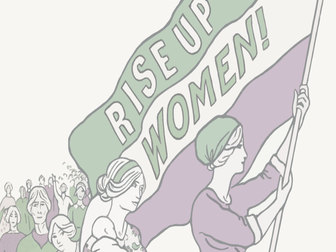
L10 Did the Bill of Rights actually give people more rights?
This is the tenth and final lesson in a unit that looks at the “Killing of the King”, it aims to give an overview of Charles I and the English Civil war, and the monarchs immediately after. This lesson focuses on the Bill of Rights and the impact that this had on the people, parliament and the monarchy.
The lesson is aimed at mixed ability year 8s.
